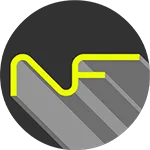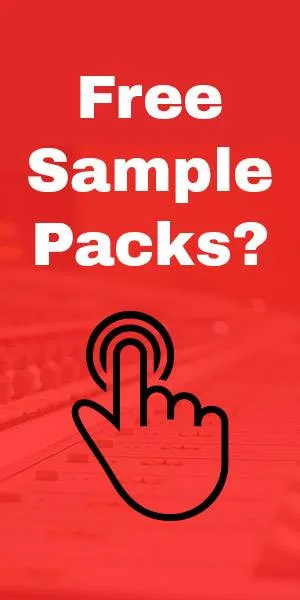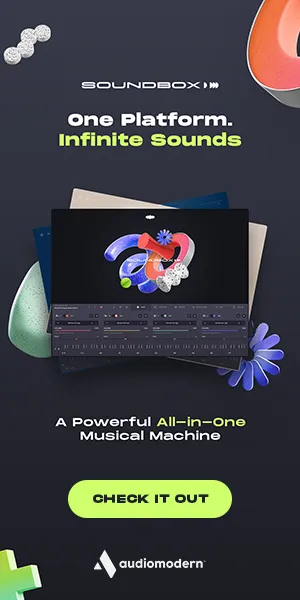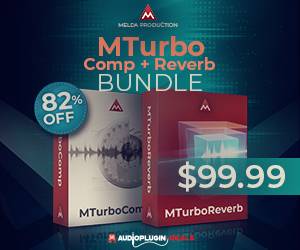31. October 2016 | Newsletter | Noizefield
Spitfire Symphonic Brass – Review
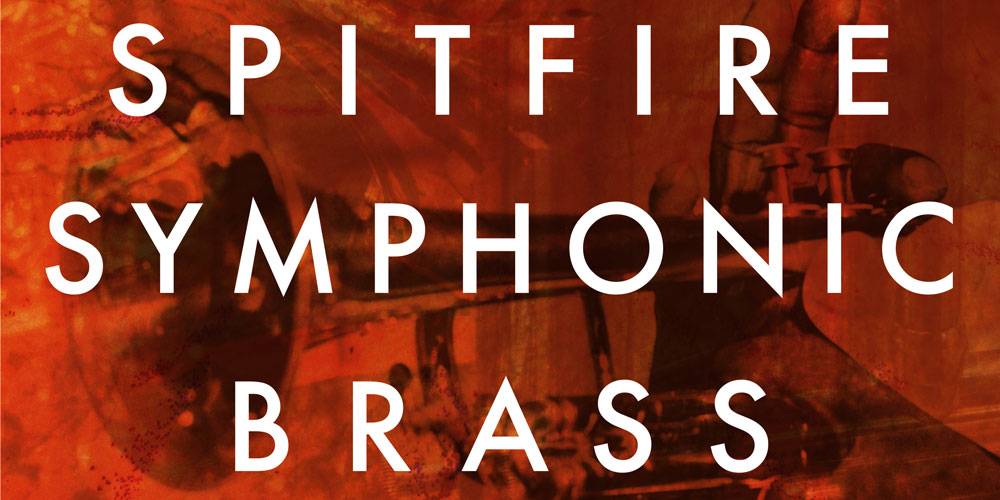
Spitfire Audio released Spitfire Symphonic Brass, a symphonic brass library with the aim to be the “definitive compendium of orchestral brass”.
We had the opportunity to play around with the library and put it to the acid test.
The core features:
- 85479 Samples, 102.0 GB Uncompressed .WAV ( 60.2 GB disk space required )
- A broad band covering solo, chamber, symphonic and cinematic instrument groups
- Traditional to modern ‘zeitgeist’ selection of instruments from Trumpets, Horns & Bones to Cimbassi & Contrabass Instruments
- Super deep sampled, many dynamic layers and round robins
- Most comprehensive selection of articulations, and additional techniques available today
- Entry level core pack has full functionality of BML offering
- Core pack shipped with 3 distinct mic positions C(lose), T(ree), A(mbient)
- Contrabass Tuba and solo trombones.
- New, more intuitive interface design
- New rationalised file architecture will allow for improvements and enhancements in the future
- Many tweaks, and performance / musical improvements
- Free Kontakt Player Included
The Setup
As mentioned in the Spitfire Chamber Strings – Review, Spitfire Audio provides a nice and clever tool – the Spitfire Audio Library Manager – for downloading and installing all the samples and the complete Spitfire Symphonic Brass library.
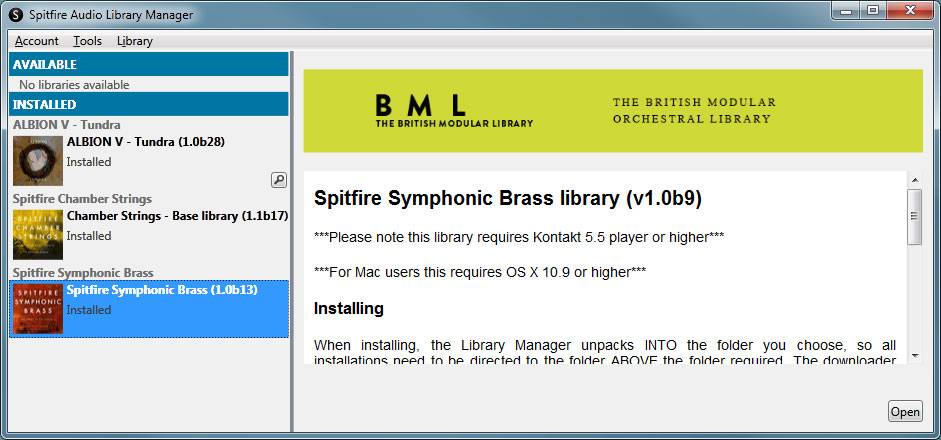
Once you are connected and logged in, the Spitfire Audio Library Manager does the rest for you and downloads everything, it even checks if there are software updates and new sample content available.
What’s inside Spitfire Symphonic Brass
This library is a beast and provides you with several brass instruments in different section sizes from a single player (solo) up to six players. All sounds where recorded (as usual) at the Air Studios in London. The following brass instruments are available: a – Horn Solo (with 10 different articulations); b – Horns a2 (with 18 articulations); c – Horns a6 (9 articulations); d – Tenor Trombone Solo (14 articulations); e – Tenor Trombones a2 (9 articulations); f – Bass Trombone Solo (9 articulations); g – Bass Trombones a2 (9 articulations); h – Contrabass Trombone Solo (9 articulations); i – Trombones a6 (9 articulations); j – Trumpet Solo (14 articulations); k – Trumpets a2 (11 articulations); l – Trumpets a6 (9 articulations); m – Tuba Solo (8 articulations); n – Contrabass Tuba Solo (6 articulations); o – Cimbasso Solo (seven articulations); plus p – Cimbassi a2 (8 articulations).
A demonstration and a test of every single articulation would go far beyond the scope of this review, but for a full list of all articulations and features please check the table below or visit the Spitfire Audio website here: https://www.spitfireaudio.com/shop/a-z/spitfire-symphonic-brass/
Presets / Articulations
a – Horn Solo:
- a – Horn Solo – Fall
- a – Horn Solo – Long Flutter
- a – Horn Solo – Long
- a – Horn Solo – Rip
- a – Horn Solo – Short Marcato
- a – Horn Solo – Short Staccatissimo
- a – Horn Solo – Short Staccato
- a – Horn Solo – Short Tenuto
- a – Horn Solo – Trill (Major 2nd)
- a – Horn Solo – Trill (Minor 2nd)
b – Horns a2:
- b – Horns a2 – Bells up Crotchet
- b – Horns a2 – Bells up Long
- b – Horns a2 – Bells up Quaver
- b – Horns a2 – Bells up Staccatissimo
- b – Horns a2 – Bells up Staccato
- b – Horns a2 – Fall
- b – Horns a2 – Long Cuivre
- b – Horns a2 – Long Flutter
- b – Horns a2 – Long Stopped
- b – Horns a2 – Long
- b – Horns a2 – Multitongue
- b – Horns a2 – Rip
- b – Horns a2 – Short Marcato
- b – Horns a2 – Short Staccatissimo
- b – Horns a2 – Short Staccato
- b – Horns a2 – Short Tenuto
- b – Horns a2 – Trill (Major 2nd)
- b – Horns a2 – Trill (Minor 2nd)
c – Horns a6:
- c – Horns a6 – Fall
- c – Horns a6 – Fanfare
- c – Horns a6 – Long Cuivre
- c – Horns a6 – Long
- c – Horns a6 – Multitongue
- c – Horns a6 – Rip
- c – Horns a6 – Short Marcato
- c – Horns a6 – Short Staccato
- c – Horns a6 – Short Tenuto
d – Tenor Trombone Solo:
- d – Tenor Trombone Solo – Falls
- d – Tenor Trombone Solo – Long Cuivre
- d – Tenor Trombone Solo – Long Flutter Muted
- d – Tenor Trombone Solo – Long Flutter
- d – Tenor Trombone Solo – Long Muted
- d – Tenor Trombone Solo – Long
- d – Tenor Trombone Solo – Multitongue
- d – Tenor Trombone Solo – Rips
- d – Tenor Trombone Solo – Short Marcato Muted
- d – Tenor Trombone Solo – Short Marcato
- d – Tenor Trombone Solo – Short Staccato Muted
- d – Tenor Trombone Solo – Short Staccato
- d – Tenor Trombone Solo – Short Tenuto Muted
- d – Tenor Trombone Solo – Short Tenuto
e – Tenor Trombones a2:
- e – Tenor Trombones a2 – Falls
- e – Tenor Trombones a2 – FX Gliss
- e – Tenor Trombones a2 – Long Cuivre
- e – Tenor Trombones a2 – Long
- e – Tenor Trombones a2 – Multitongue
- e – Tenor Trombones a2 – Rips
- e – Tenor Trombones a2 – Short Marcato
- e – Tenor Trombones a2 – Short Staccato
- e – Tenor Trombones a2 – Short Tenuto
f – Bass Trombone Solo:
- f – Bass Trombone Solo – Falls
- f – Bass Trombone Solo – Long Cuivre
- f – Bass Trombone Solo – Long Flutter
- f – Bass Trombone Solo – Long
- f – Bass Trombone Solo – Multitongue
- f – Bass Trombone Solo – Rips
- f – Bass Trombone Solo – Short Marcato
- f – Bass Trombone Solo – Short Staccato
- f – Bass Trombone Solo – Short Tenuto
g – Bass Trombones a2:
- g – Bass Trombones a2 – Falls
- g – Bass Trombones a2 – FX Gliss
- g – Bass Trombones a2 – Long Cuivre
- g – Bass Trombones a2 – Long
- g – Bass Trombones a2 – Multitongue
- g – Bass Trombones a2 – Rips
- g – Bass Trombones a2 – Short Marcato
- g – Bass Trombones a2 – Short Staccato
- g – Bass Trombones a2 – Short Tenuto
h – Contrabass Trombone Solo:
- h – Contrabass Trombone Solo – Falls
- h – Contrabass Trombone Solo – Long Cuivre
- h – Contrabass Trombone Solo – Long Stopped
- h – Contrabass Trombone Solo – Long
- h – Contrabass Trombone Solo – Rips
- h – Contrabass Trombone Solo – Short CS
- h – Contrabass Trombone Solo – Short Marcato
- h – Contrabass Trombone Solo – Short Staccato
- h – Contrabass Trombone Solo – Short Tenuto
i – Trombones a6:
- i – Trombones a6 – Falls
- i – Trombones a6 – Fanfare
- i – Trombones a6 – Long Cuivre
- i – Trombones a6 – Long
- i – Trombones a6 – Multitongue
- i – Trombones a6 – Rips
- i – Trombones a6 – Short Marcato
- i – Trombones a6 – Short Staccato
- i – Trombones a6 – Short Tenuto
j – Trumpet Solo:
- j – Trumpet Solo – FX Gliss
- j – Trumpet Solo – Long Flutter
- j – Trumpet Solo – Long Mariachi
- j – Trumpet Solo – Long Muted
- j – Trumpet Solo – Long
- j – Trumpet Solo – Multitongue
- j – Trumpet Solo – Short Marcato Muted
- j – Trumpet Solo – Short Marcato
- j – Trumpet Solo – Short Staccato Muted
- j – Trumpet Solo – Short Staccato
- j – Trumpet Solo – Short Tenuto Muted
- j – Trumpet Solo – Short Tenuto
- j – Trumpet Solo – Trill (Major 2nd)
- j – Trumpet Solo – Trill (Minor 2nd)
k – Trumpets a2:
- k – Trumpets a2 – Falls
- k – Trumpets a2 – Long Mariachi
- k – Trumpets a2 – Long Muted
- k – Trumpets a2 – Long
- k – Trumpets a2 – Multitongue
- k – Trumpets a2 – Rips
- k – Trumpets a2 – Short Marcato
- k – Trumpets a2 – Short Staccato
- k – Trumpets a2 – Short Tenuto
- k – Trumpets a2 – Trill (Major 2nd)
- k – Trumpets a2 – Trill (Minor 2nd)
l – Trumpets a6:
- l – Trumpets a6 – Fall
- l – Trumpets a6 – Fanfare
- l – Trumpets a6 – Long Cuivre
- l – Trumpets a6 – Long
- l – Trumpets a6 – Multitongue
- l – Trumpets a6 – Rip
- l – Trumpets a6 – Short Marcato
- l – Trumpets a6 – Short Staccato
- l – Trumpets a6 – Short Tenuto
m – Tuba Solo:
- m – Tuba Solo – Falls
- m – Tuba Solo – Long Stopped
- m – Tuba Solo – Long
- m – Tuba Solo – Rips
- m – Tuba Solo – Short Marcato
- m – Tuba Solo – Short Staccato
- m – Tuba Solo – Short Stopped
- m – Tuba Solo – Short Tenuto
n – Contrabass Tuba Solo:
- n – Contrabass Tuba Solo – Falls
- n – Contrabass Tuba Solo – Long
- n – Contrabass Tuba Solo – Rips
- n – Contrabass Tuba Solo – Short Marcato
- n – Contrabass Tuba Solo – Short Staccato
- n – Contrabass Tuba Solo – Short Tenuto
o – Cimbasso Solo:
- o – Cimbasso Solo – Falls
- o – Cimbasso Solo – Long Cuivre
- o – Cimbasso Solo – Long
- o – Cimbasso Solo – Rips
- o – Cimbasso Solo – Short Marcato
- o – Cimbasso Solo – Short Staccato
- o – Cimbasso Solo – Short Tenuto
p – Cimbassi a2:
- p – Cimbassi a2 – Falls
- p – Cimbassi a2 – Long Alt
- p – Cimbassi a2 – Long Cuivre
- p – Cimbassi a2 – Long
- p – Cimbassi a2 – Rips
- p – Cimbassi a2 – Short Marcato
- p – Cimbassi a2 – Short Staccato
- p – Cimbassi a2 – Short Tenuto
Legato techniques:
- a – Horn Solo – Legato
- b – Horns a2 – Legato
- c – Horns a6 – Performance Legato
- d – Tenor Trombone Solo – Legato (coming soon in FREE update)
- e – Tenor Trombones a2 – Legato
- f – Bass Trombone Solo – Legato (coming soon in FREE update)
- g – Bass Trombones a2 – Legato
- i – Trombones a6 – Performance Legato
- j – Trumpet Solo – Legato
- k – Trumpets a2 – Legato
- l – Trumpets a6 – Performance Legato
- m – Tuba Solo – Legato
Mics & Mixes
Mics:
- C – Close
- T – Tree
- A – Ambient
Patches, patches, patches!
Spitfire Symphonic Brass is divided into 16 main patches (from “a – Horn Solo” to “p – Cimbassi a2”) which include the most useful articulations.
All the different articulations are also categorised and combined into several patches and are located within the “_Advanced_” folder. The “_Advanced_” folder contains 4 sub folders: Extended techniques, Individual articulations, Legato techniques and Other patches.
Extended techniques – Core & Decorative
In the Extended techniques folder are 2 different patches, called Core techniques and Decorative techniques, for each instrument. This results in 32 patches where all the different articulations can be switched with key switches. For example in the patch a – Horns a2 – Core techniques there is not just one articulation but 8. There are also more exotic articulations and even effects available like glissandi, flutters, rips and falls.
Individual articulations
Within the Individual articulations folder there are folders for each instrument. In each sub folder you can find every single articulation as a patch. Depending on the preference some composers like to use these instead of using key switches. Generally I also prefer to have an individual patch for each articulation, but there are so many of them that it would just take ages to map them properly in a template.
Legato techniques
The “Legato techniques” folder holds 10 legato patches. Especially the Legato performance patches are quite useful and fun to play with. These patches do not cover as many articulations but are very easy to use and composer friendly as they have some clever programming feature. If you play very soft and silent you get portamento and as you play more hard you will get legato fingered or bowed. A faster playing leads to fast legato and very fast playing results in runs.
Other patches
Several additional patches like Economic patches, light resources or time machine patches are located on the Other patches folder. Here you will also find the time machine patches that are quite useful if you want to adjust the timing of the short patches.
Watch the Chamber Strings Walkthrough
Mic perspectives
Spitfire Audio was recording all these different articulations with the 3 different microphone positions close (C), decca tree (D) and ambient (A) at Air Studios in London (http://www.airstudios.com/), where most of the other Spitfire libraries where recorded as well. Most properly there will be an additional library with other articulations
The Sound
Jet another master piece from Spitfire Audio? In short words YES! The Spitfire Symphonic Brass library sounds absolutely fantastic. This library covers everything you need in order to create orchestral brass arrangements. The room of the Air Studios hall enfolds all the brass instruments extremely well and enriches the sound with the typical lush, epic cinematic sound. There is no need for an additional room or reverb plug-in in my opinion – at least if you don’t have to blend this library with another more wet library.
Most of the patches can be played with lots of dynamic from piano (soft) to forte (loud) and the blending between these dynamics sounds very natural. On several patches you can even “feel” the individual instruments. Spitfire also recorded some more modern, contemporary instruments like the Cimbassi, Contrabass Trombones and Contrabass Tuba which cover a lot of low end – these make my flesh crawl!
The detail, the lush and very dynamic sound of this library is impressive. Playing with all the different instruments and articulations is very inspirational and a pleasure. If you want to create modern film music Spitfire Symphonic Brass is a must have in you arsenal.
Spitfire Symphonic Brass can be purchased and digitally downloaded from Spitfire Audio for £499.00 GBP / $759.00 USD / €699.00 EUR from here:
Spitfire Audio | Spitfire Symphonic Brass
Review summary
-
Overall Sound Quality
-
Features
-
Stability
-
Workflow
-
Pricing
Summary
The detail, the lush and very dynamic sound of this library is impressive. Playing with all the different instruments and articulations is very inspirational and a pleasure. If you want to create modern film music Spitfire Symphonic Brass is a must have in you arsenal.
